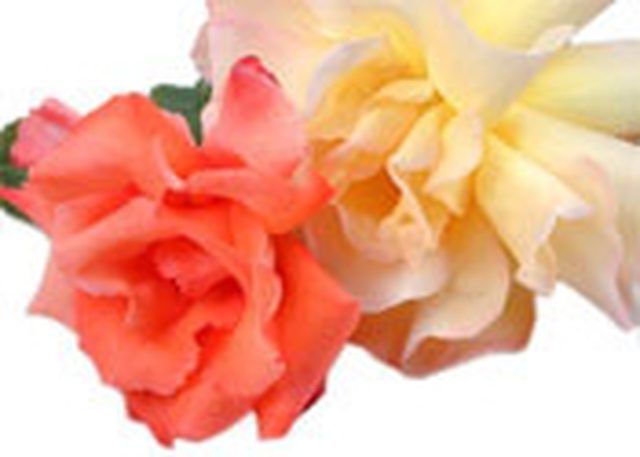Bulbs
Flower Basics
Flower Beds & Specialty Gardens
Flower Garden
Garden Furniture
Garden Gnomes
Garden Seeds
Garden Sheds
Garden Statues
Garden Tools & Supplies
Gardening Basics
Green & Organic
Groundcovers & Vines
Growing Annuals
Growing Basil
Growing Beans
Growing Berries
Growing Blueberries
Growing Cactus
Growing Corn
Growing Cotton
Growing Edibles
Growing Flowers
Growing Garlic
Growing Grapes
Growing Grass
Growing Herbs
Growing Jasmine
Growing Mint
Growing Mushrooms
Orchids
Growing Peanuts
Growing Perennials
Growing Plants
Growing Rosemary
Growing Roses
Growing Strawberries
Growing Sunflowers
Growing Thyme
Growing Tomatoes
Growing Tulips
Growing Vegetables
Herb Basics
Herb Garden
Indoor Growing
Landscaping Basics
Landscaping Patios
Landscaping Plants
Landscaping Shrubs
Landscaping Trees
Landscaping Walks & Pathways
Lawn Basics
Lawn Maintenance
Lawn Mowers
Lawn Ornaments
Lawn Planting
Lawn Tools
Outdoor Growing
Overall Landscape Planning
Pests, Weeds & Problems
Plant Basics
Rock Garden
Rose Garden
Shrubs
Soil
Specialty Gardens
Trees
Vegetable Garden
Yard Maintenance
How to Care for Roses
How to Care for Roses. Roses have an undeserved reputation for being fussy, hard-to-care-for plants. But after all, they're just shrubs. Some roses do require more maintenance than others, but growing roses is something even a beginner can do.

Roses have an undeserved reputation for being fussy, hard-to-care-for plants. But after all, they're just shrubs. Some roses do require more maintenance than others, but growing roses is something even a beginner can do.
Things You'll Need
Bypass Pruners
Fertilizers
Garden Hoses
Lopping Shears
Mulch
Sprayers
Burlap
Spring Rose Care
Prune roses in early spring once the rose starts to show signs of new growth, usually in the form of tiny red buds swelling. These buds will become new branches.
Cut out any obviously dead or damaged branches first. Then cut out all but four or five healthy stems, each ideally about as thick as a pencil.
Cut the rose bush back by 1/3 to 1/2, depending on how tall you want it to be. Make these cuts right above an outward facing bud - that is, a red bud that's on the outside of the rose bush. This directs the bud to grow up and out, leaving the center of the rose bush open for a prettier shape and better air circulation.
Fertilize roses regularly during the growing season. Roses are hungry plants, demanding lots of nutrients for best growth and flowering. Each rose grower has his or her own favorite method. One of the easiest is to buy a slow-release granular rose food and work it into the soil so it can feed the plant all season long. Otherwise, you'll want to fertilize the rose with a liquid fertilizer every three to four weeks during the growing season (stop in early autumn) or according to package directions.
Water diligently. Roses need a steady source of water during the growing season, about 1 inch a week from rain or watering. In arid regions of the country, if you have several roses, consider installing a do-it-yourself drip irrigation system.
Summer Rose Care
Mulch. Roses need less weeding and watering and have fewer diseases if you mulch. Lay down 1 to 2 inches of organic mulch, such as wood chips, pine needles, grass clippings or other biodegradable material.
Deadhead. This simply means trimming spent roses off the shrub to encourage it to produce more. While some roses bloom only in one big flush in June, others are bred to keep producing off and on all season long.
Spray. If your rose becomes diseased or has an insect infestation, you may want to deal with it by spraying. (However, first try simply trimming off the diseased portion of the plant and giving the plant a good strong blast from a hose.) If you choose to spray, first identify the problem by trimming off the diseased part and taking it to a reliable garden center, where the staff can prescribe the correct pesticide or herbicide.
Fall and Winter Rose Care
Stop fertilizing roses in early autumn, at least one month before your region's first annual frost date. Fertilizing too long into autumn encourages roses to produce tender new growth that will get nipped by cold.
Protect roses as needed in late autumn, after your region's first hard freeze. In regions where temperatures don't fall below 20 degrees F (USDA zone 9 and warmer), no additional winter protection is needed. In cooler regions where temperatures don't fall below 10 degrees below zero (zones 6 to 8), a simple mounding of several inches of soil over the base of the rose should suffice. In cold-winter regions where temperatures get colder than 10 degrees below zero (zone 5 and colder), mound to about a foot about a month after your region's last average frost date; additionally, two weeks later, the entire plant should be wrapped in burlap to protect the upper parts.
Tips & Warnings
Use sharp hand shears for most pruning. To cut branches more than 1/2 inch thick, use long-handled loppers.
If your rose is a climbing or rambling rose, prune with caution. Some will bloom only on old wood from the previous year. See "How to Prune Climbing and Rambler Roses" for more information.
Many pesticides and herbicides for roses these days are organic. Read labels carefully or ask the garden center staff for organic rose supplies. However, even these organic measures can be hazardous if used incorrectly, so follow package directions to the letter.
It's best to avoid those white plastic cones for winter rose protection. Not only do they look unattractive, but they also can trap heat during a late-winter thaw, harming the rose.